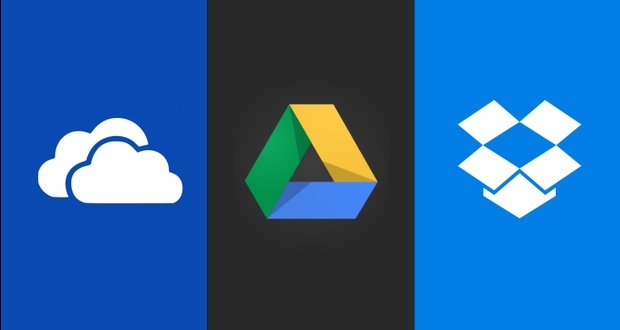

To read a more in-depth explanation of these phases, click here. We’ve mapped this stack on a canvas that’s separated in three asset-handling phases. Chances are you are already using a couple of them.Ĭhoose one of these three cloud storage tools:Īnd you’ll need a content distribution tool, like CoSchedule or Buffer. You only need five tools to build a DAM stack, or four depending on how you look at it. You can literally get started right after you’ve finished reading this tutorial. Because this entire stack is made up of the free versions of the tools, you don’t need budget approvals from anyone. The ingredients you’ll need - 5 tools in totalĪnyone can build a digital asset management marketing technology stack. With tools like Zapier, Tray.io and IFTTT, you can integrate applications yourself, 100% developer-free. However, when you string these simple tools together, you can get 80% to 90% of the functionality for a fraction of the price of enterprise tools. Granted, most of these tools cover only a subset of the functionality offered by the bigger vendors. Most of those SaaS tools are very specialised and bring a user experience resembling that of B2C apps, but now for B2B tools. Working with small tools has three great advantages over using enterprise software. Thousands of very affordable new SaaS tools that are becoming available every year. Software implementation doesn’t have to be difficult. Switching from Enterprise software to small SaaS tools Getting all stakeholders on board, waiting for approvals, and learning to work with complicated new tools can get complex really quickly. Some were a joy to implement, others weren’t. We’ve implemented more than 50 large-scale digital asset management systems over the years.

Managing marketing assets doesn’t have to be difficult.


 0 kommentar(er)
0 kommentar(er)
